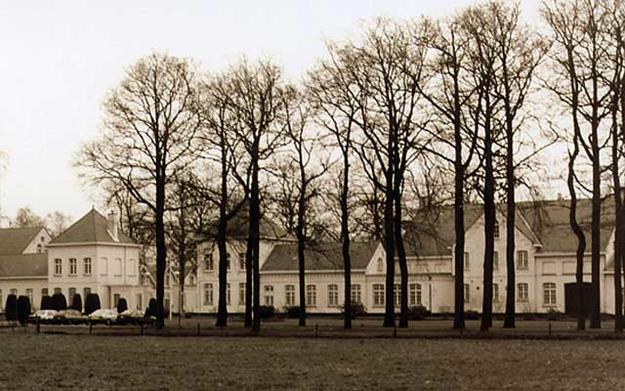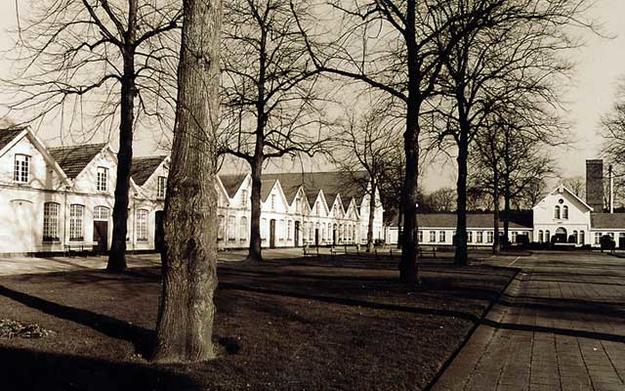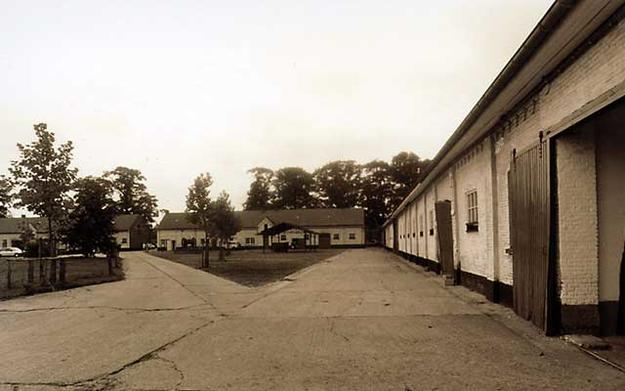Wortel Colony Estate
1998 World Monuments Watch
Prince Frederik's idea in 1822 was noble and seemingly sound: give destitute families a small house, an arable plot of land, two cows, a sheep, tools, and clothing- all of which would be paid for by income derived from selling one's own produce. But the novel social experiment failed by 1843 when it was realized that most of the occupants of the 524-hectare estate were from big towns and had little or no experience with farming. By the late-nineteenth century the estate, with its beckoning avenues, park land, and handsome structures became a shelter for the homeless. Ironically, now that Belgium has repealed a law that made vagrancy a crime, the estate's reason for being-its farm-no longer has a source of cheap labor. National, regional, and local authorities have agreed to keep the land and buildings intact but there is no official law to ensure that. A site survey and comprehensive reuse plan, perhaps one involving the resumption of its humanitarian functions, are necessary.
Since the Watch
In 1999, national, regional, and local authorities formally agreed to maintain much of the vast estate. A small area was set aside for use as a prison, and the main farm property became a part. Managed by Kempens Landschap, a private land trust formed in 1997 for the preservation of the Campine landscape, the park has been lovingly embraced by the surrounding communities. Wortel Colony, and neighboring Merksplas Colony, offer extensive opportunities for walking, running, and mountain biking, with many trails traversing their grounds, and is popular with local Nordic walkers. For its innovative and sustainable management of the former colony, in 2009 Kempens Landschap received funding from the European Regional Development Fund for restoration and building upgrades. Meanwhile, starting in 2006, the Agentschap voor Natuur en Bos (Agency for Nature and Forests) of the Flemish Community restored the Boat House on Wortel Colony, adding interpretive material and picnic tables. In 2010, motor vehicles were banned from the dirt roads on a large area encompassing the estate. In 2010-2011, a project to introduce controlled grazing to the estate is ongoing. The purpose is to enhance the ecology of the estate and to serve a tourism and recreational purpose. January 2011



